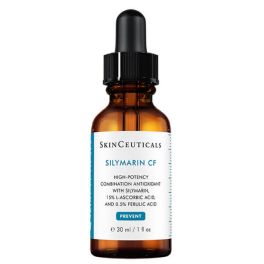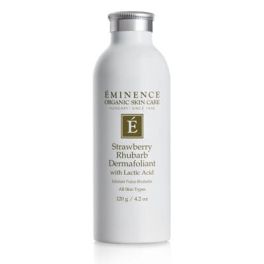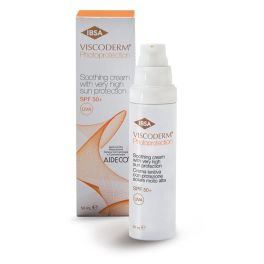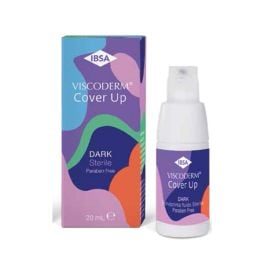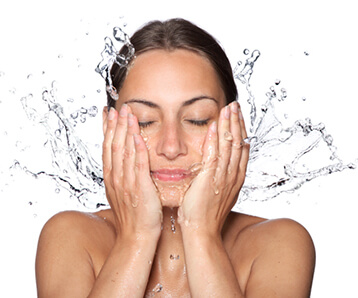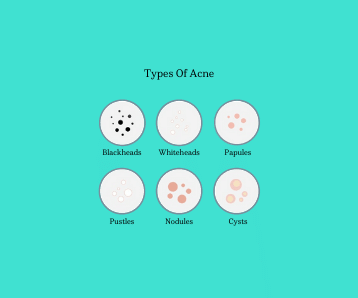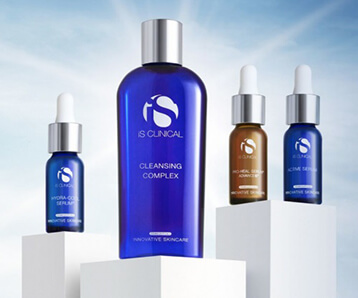Cetaphil's Acne Guide Posted on 11 Oct 2011
What is Acne?
Acne is one of the most common skin problems which affects most teenagers to some degree and even many adults. Acne shows up as whiteheads, blackheads, pimples, and in some people, deep painful bumps that look and feel like boils. Acne most commonly occurs on the face but can also appear on the back, chest, shoulders and neck. In most people, acne clears up after a few years. But at its worst, acne can be persistent and can cause permanent scarring of the skin.
Acne is not your fault. It's now understood that genetics play a role in acne. If your parents had acne as a teen, most likely you will too. The good news is there are things you can do about it, including talking to your parents and seeing a dermatologist.
Causes of Acne
Acne usually begins around puberty when males and females experience fluctuating hormone levels. These hormones regulate the activity and size of the oil-producing (sebaceous) glands that reside inside the pores of the hair follicles within the skin. The elevation of these hormones causes the oil glands to expand, in turn, triggering an over-production of oil.
The sebaceous glands make an oily substance called sebum. During the skin's natural cycle, sebum travels through the hair follicles to the surface of the skin. The lining of the follicle wall then sheds skin cells which stick together with the sebum. When the skin is over-producing and shedding skin cells at the same time, the follicle gets clogged, blocking the opening on the skin's surface. When the plug gets big enough to push to the skin's surface and be seen, it's officially a blackhead or whitehead. Additionally, the sebum and cell debris together contribute to the growth of bacteria that live inside your pores causing infection, pain, redness and swelling. These blemishes can be painful and may cause scarring.
Your own body will naturally attempt to clear the clogged pores by sending in certain specialised cells that invade the follicle to help clean it up. However, in the process, the wall of the follicle may weaken and rupture, emptying the contents of the follicle into surrounding tissue. When this occurs, swelling or redness can develop around the affected follicle, resulting in the larger bumps or pimples characteristic of acne. These are known as papules (red bumps) and pustules (yellowheads) and can sometimes cause scarring.
From the time acne begins to form under the skin until its disappearance, the life cycle of a pimple can take 8 to 12 weeks to run its course. And it can take even longer for the darkened spots left by some blemishes to fade away completely.
Surviving Acne
• Cleanse your face morning and night with a mild, non-soap cleanser, but not too often. Cleansing will not prevent acne from occurring but it's essential to wash away bacteria and maintain the health of your skin. Be gentle, do not scrub you face or cleanse more than twice a day. Pores become clogged deep beneath the skin and persistent, rigorous cleansing cannot wash this away but can irritate your skin and cause more breakouts.
• NEVER squeeze, pick or pinch acne pimples or use sharp objects on them. This will only contribute to infection, inflammation and scarring.
• If you use cosmetics or moisturisers be sure they are "non-comedogenic" or "non-acnegenic". Be careful when using oil-free products. Although a product may be “oil-free” it might not be “non-comedogenic” and can still clog your pores.
• Seek treatment as early as possible. See a dermatologist, family physician or pediatrician. A professional will evaluate your skin and may prescribe treatments for you.
• Be patient. Your skin will thank you later!
Treatments for Acne
Over-The-Counter Treatments for Mild-Moderate Acne
There are numerous treatment options for people who suffer from acne, all dependent upon the severity of their condition. Several over-the-counter products are available including those containing small concentrations of salicylic acid (up to 2%) and benzoyl peroxide (up to 5%) that treat mild acne and help clear away bacteria and oil. This type of product including active ingredients for mild facial acne can be effective for early adolescence. For more persistent cases of acne, see a dermatologist, who may prescribe one or a combination of treatments.
Prescription Medicines for Moderate-Severe Acne
Some prescription creams and lotions contain antibiotics to help get rid of the bacteria that contribute to the formation of acne pimples. Others contain medicine that gets to the root of the problem by preventing the pores from clogging. Oral antibiotics may also be given. Treatment for acne has come a long way and side-effects are generally minimal. One possible side effect of acne treatments can be sun-irritation and therefore, it is essential that sunscreen be used if extended sun exposure is expected. Ask your doctor about specific side effects related to the treatments he or she is recommending to you.
Skincare regime for Acne
1. Cleanse
Skin cleansing should remove dirt without upsetting your skin’s protective layers or natural pH balance. Every day soaps and cleansers are often harsh, causing dryness and irritation. Because acne–prone skin can be easily irritated, it's important to cleanse with a non-irritating, soap-free, oil-free and fragrance-free, gentle cleanser. Apply cleanser gently with your finger tips. Rinse with lukewarm water and blot with a soft towel.
2. Medicate
If you're using over-the-counter products to treat mild acne, apply a thin layer across the affected areas only and allow it to dry before applying moisturiser, make-up or sunscreen.
3. Moisturise and Protect
To help ensure a proper balance of moisture without causing oiliness, irritation or dryness, apply a long-lasting water-based moisturiser in a cream or lotion formulation. Make sure you choose a product that does not contain fragrances or lanolin. For moisturising during the day, apply moisturiser with a broad spectrum UVA and UVB.
4. Maintain You can help maintain your skin’s normal healthy state by cleansing and moisturising your face once in the morning and again before bedtime.
If you suspect that you have acne, see your doctor for proper diagnosis and prescription treatment if it's severe.













